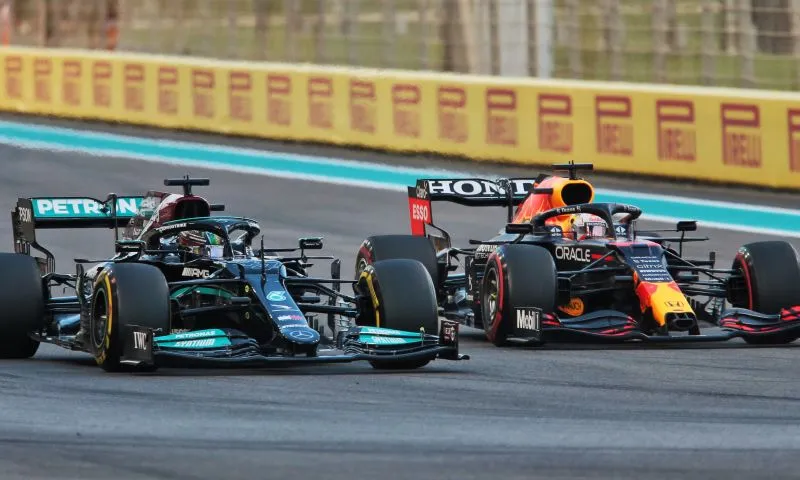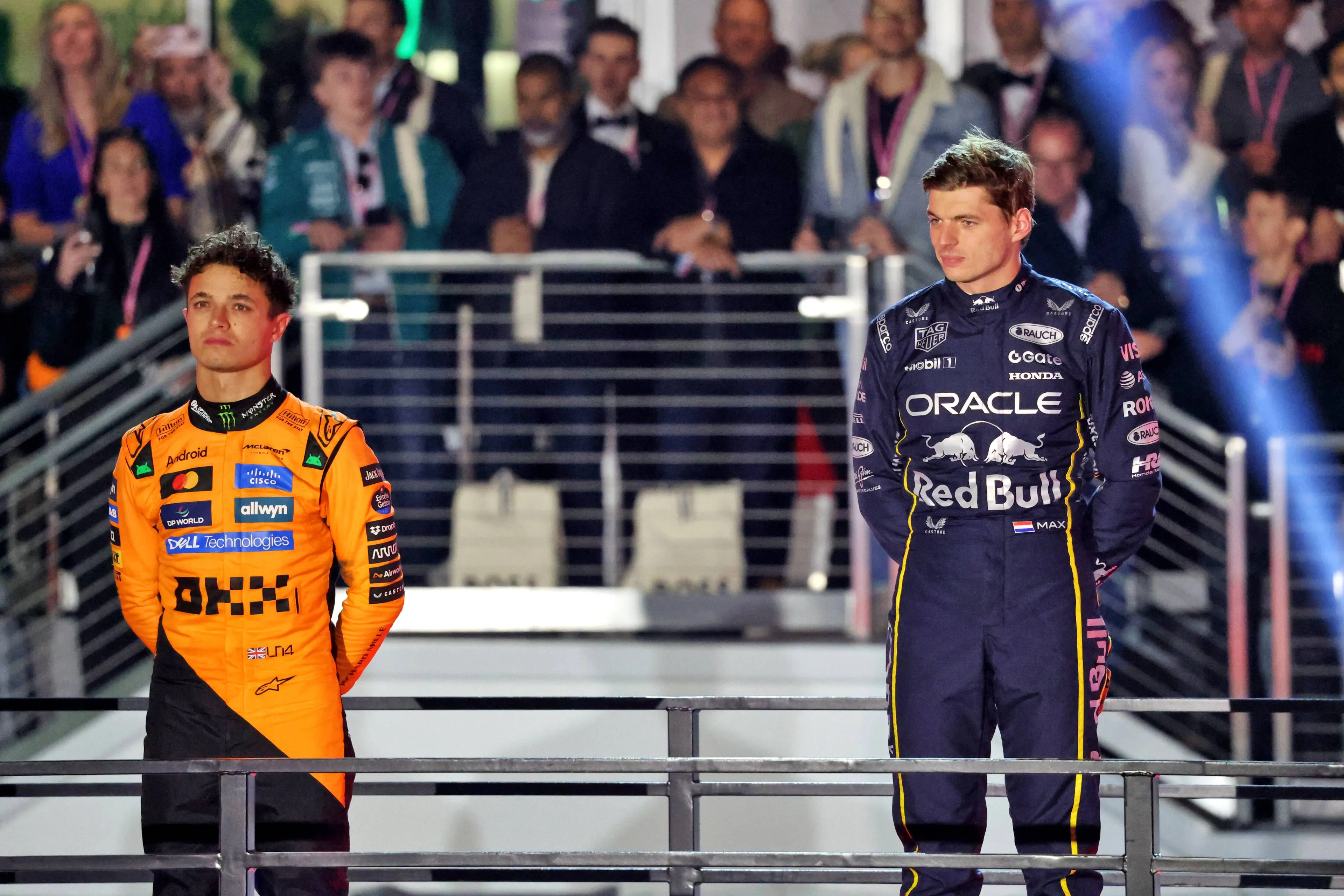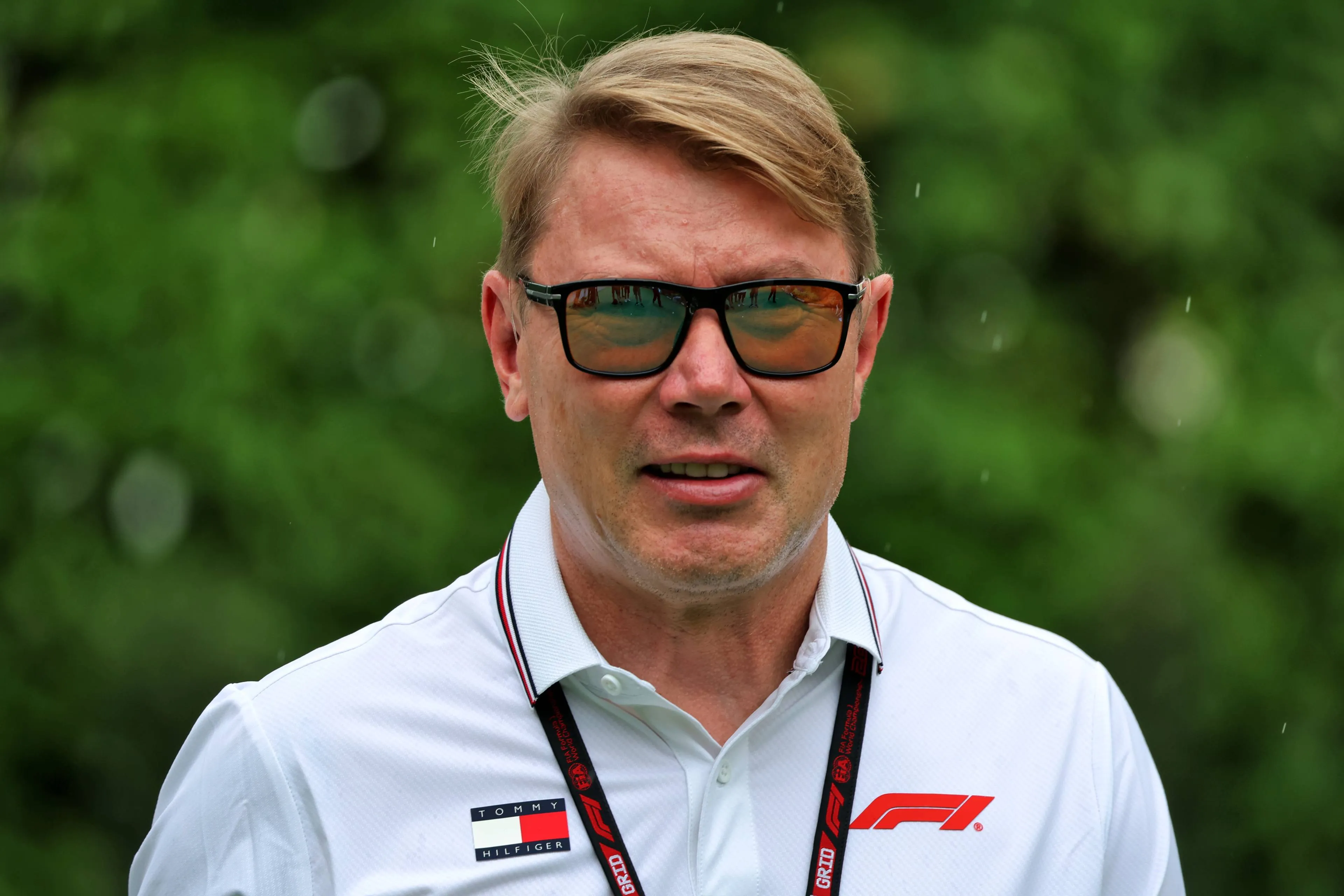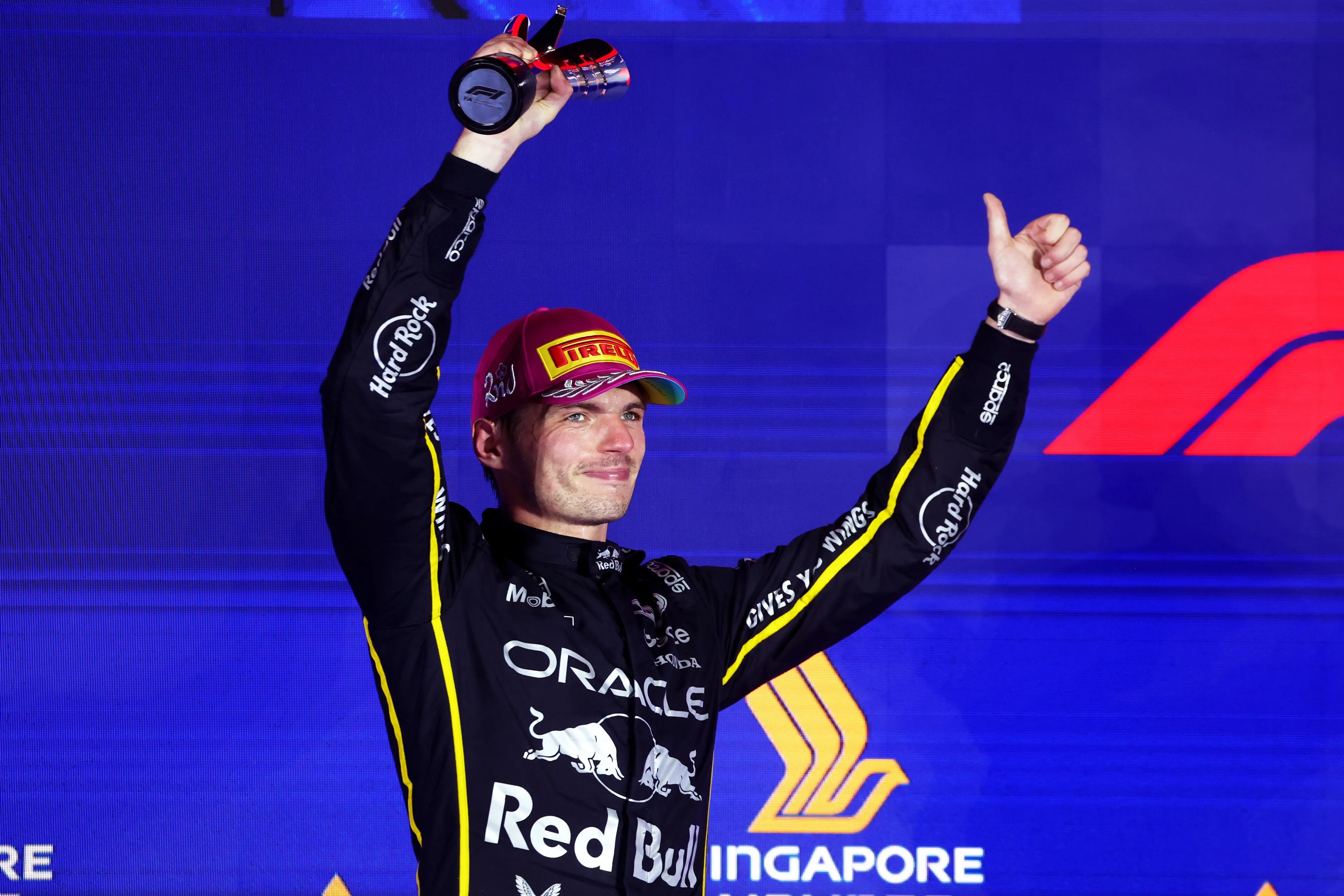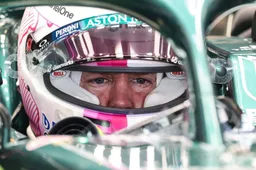FIA wants to close loopholes: this is how F1 teams took advantage of them before
16:16, 06 Feb 2022
7 Comments
A new era dawns for Formula 1 in 2022, with a complete overhaul of the championship's sporting, technical and financial regulations on the horizon. The rule changes are aimed not only at making racing more competitive but also at preventing teams from abusing loopholes. With rule changes in the past, the teams were always on top of things, and it happened more than once that they managed to take advantage of gray areas. We list some of them.
Brawn GP's double diffuser
Brawn GP began the 2009 Formula 1 season with a double diffuser on the rear of the car after the team discovered a loophole in the regulations. The device generated huge amounts of downforce, right in the season in which the FIA had decided to significantly reduce the number of allowed aerodynamic parts.
Several teams filed an official complaint, but the FIA ruled that the double diffuser was legal and the teams that did not have the device had to quickly develop their own version. For Brawn GP, this meant a big lead built up by the team in the first half of the season. By the time the team was caught up by the competition, that lead proved enough to win both world titles.
Mercedes' DAS System
Mercedes shocked friend and foe by coming to the start line in 2020 with a particularly innovative system called 'Dual Axis Steering'. Lewis Hamilton and Valtteri Bottas were able to use this system to change the position of the front wheels while driving.
Red Bull Racing objected to the system, but the FIA concluded that DAS did not violate that year's regulations. Mercedes cleverly used the rule that did allow adjustments to the steering system and was allowed to finish the season without removing it. However, the FIA immediately announced that the rule would be changed in 2021, making the system illegal from that year on.
Ferrari's fuel-flow sensor
In the middle of the 2019 season, Ferrari became embroiled in a major controversy over the legality of its engine. The Italian racing team seemed to have made a huge stride in the summer break, after which the team became inimitable in top speed. This led other teams to suspect that the fuel supply was being tampered with.
Red Bull took the lead and filed a formal complaint about the legality of the power source, and Max Verstappen straight-up accused the team of cheating. The suspicions were more or less confirmed when the FIA announced it was going to measure the fuel supply in a different way, effective immediately.
Red Bull Racing's flexible front wing
In 2010, Red Bull designer Adrian Newey created an aerodynamic advantage in the front wing by layering carbon fiber on top of each other. The part successfully passed the FIA's stiffness test but sagged further than allowed under aerodynamic loads. After complaints from rival teams, the FIA introduced a stricter test in 2013, which meant the end of this aerodynamic feat.
Red Bull Racing's hidden cameras
In 2014, Red Bull attempted to mount the mandatory onboard cameras in the nose of the RB10 to minimize the impact on the air moving across the front of the car.
Although such an approach was technically permitted by the regulations, the team was forced to mount the cameras more prominently for the Monaco Grand Prix that year due to an intervention by the FIA.
McLaren's F-duct
McLaren appeared on the grid in 2010 with an F-duct mounted on the rear wing of the MP4-25. The system provided an aerodynamic speed advantage, as drivers could manipulate the airflow to help tension the rear wing.
The system was soon copied by rival teams, but because some variants forced drivers to take their hands off the wheel to activate the F-duct, it was banned by the FIA for the 2011 season.
FIA wants to close loopholes more quickly
As part of the revision, the procedure for modifying the rules will be made faster. Previously, all Formula 1 teams had to agree to a rule change in the current season and the change was made only after the season had ended. The new regulations should put an end to this from 2022.
Read more about:
Popular on GPBlog
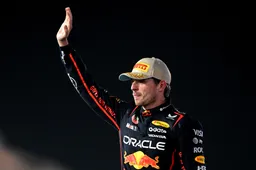
1
Max Verstappen officialises switch to Mercedes for 2026
13632 times read

2
Leclerc 'wouldn’t even have been welcomed as a customer' in Enzo Ferrari era
8796 times read
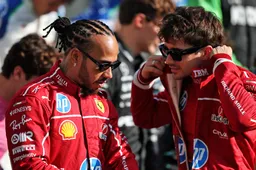
3
'Hamilton shapes F1 2026 season with vital Ferrari race engineer decision'
1054 times read
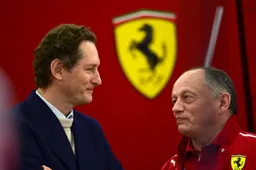
4
'Elkann has about as much F1 expertise as I have in economics, none'
898 times read
Loading
